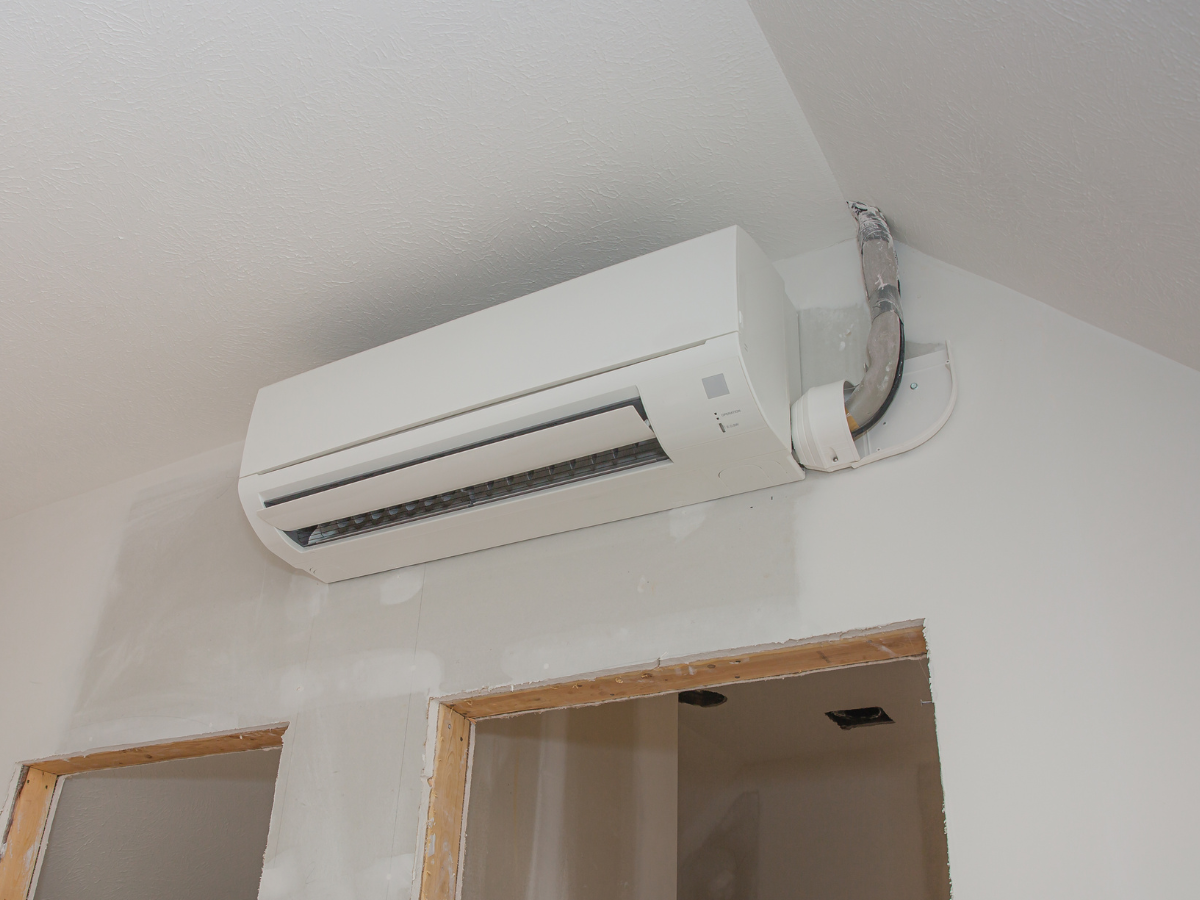If you’re exploring mini-split options for your home, you’re likely asking, “What size mini-split do I need?”It’s a smart and necessary question to ensure year-round temperature control, comfort, and energy efficiency. Mini split air conditioners are known for their flexibility and performance, but their benefits depend heavily on choosing the right unit size.
Selecting the correct system prevents uneven temperatures, higher energy bills, and short cycling, which can prematurely wear out your system. Whether you’re updating your current HVAC setup or adding climate control to a new space, this updated 2025 guide from Anderson Air will guide you through the key factors to help you make a confident, informed decision.
What Does Mini Split Size Mean?
Before you can choose the right mini split AC, it’s important to understand what “size” actually means in this context. We’re not talking about physical dimensions but about power—the ability of the unit to heat or cool a space effectively.
Mini split systems are sized by BTUs (British Thermal Units), which measure the system’s heating and cooling capacity. Selecting the proper BTU rating for your mini split ensures your living space stays comfortable year-round without wasting energy or stressing the unit.
An undersized system will struggle to keep up, while an oversized one may lead to short cycling, creating uneven temperatures and reduced energy efficiency. The right load calculation is key—and that starts with understanding your room’s specific needs.
Start with Room Size
Begin by measuring the square feet of the area you want to climate control. This provides a baseline for selecting the optimal system size.
For example:
- A 150–400 sq ft room needs around 9,000 BTUs
- A 400–550 sq ft room typically requires 12,000 BTUs
- Larger spaces of 1,000+ sq ft may need 24,000 BTUs or more
Knowing your room size helps narrow down your options—but it’s just the first step.
Think Beyond Square Footage: Ceiling Height Matters
If your ceilings are higher than 8 feet, your room has more volume, and you’ll need more BTUs. Add about 10% more for every extra 2 feet in ceiling height. This is especially important in large, open areas such as a living room, loft, or open-concept layout.
Rooms like lofts or open-concept living areas often need this adjustment to maintain an even temperature from floor to ceiling.
Insulation Quality Affects Efficiency
How well your space holds in heat or cold will affect how hard your mini split has to work. Your home’s insulation plays an undeniably important role in how well your system performs. If your room has poor insulation, older windows, or unsealed gaps, your mini split air conditioner will have to work harder.
While well-insulated rooms may stick with base BTU estimates, areas with poor insulation will need a larger unit size to avoid discomfort and wear.
Pay Attention to Sunlight Exposure
Rooms that receive a lot of direct sunlight or sun exposure—such as sunrooms or south-facing areas—tend to heat up quickly. Add 10%–15% more BTUs to handle the extra warmth.
For shaded or north-facing rooms, the standard BTU estimate is usually sufficient.
Multi-Zone Systems Need Room-by-Room Sizing
If you’re installing a multi-zone mini split, each indoor unit should be sized for the specific space it serves. The outdoor unit condenser must support the total combined BTUs of all indoor units.
This allows you to control the temperature in each room independently while ensuring the system operates efficiently throughout your home.
Climate Counts, Especially in Northwest Arkansas
Our region sees hot, humid summers and mild winters. Cooling power is key—but if you’re using your mini split year-round, choose a model that performs well in cold temperatures, too.
Add 10%–20% more BTUs for rooms that experience:
- Summer highs above 90°F
- Winter lows below 20°F
Selecting a unit built for extreme temperatures helps maintain comfort and reduces wear during peak seasons.
Why Professional Help Makes a Difference
While online sizing chart tools and mini split sizing calculators are helpful, —they can’t replace a professional assessment. HVAC professionals consider additional factors, such as airflow, humidity, room usage, layout, and the impact on indoor air quality, when recommending the ideal mini split.
At Anderson Air, our HVAC contractors take the time to inspect your space, calculate your needs, and install a mini split system that delivers lasting performance. It’s all part of our commitment to comfort and customer satisfaction.
Conclusion
If you’ve been searching for the right size mini-split, this guide should provide the clarity you need to make a confident decision. But don’t go it alone—Anderson Air is here to help.
With nearly 50 years of experience serving Northwest Arkansas, we’ve helped thousands of homeowners enjoy year-round comfort with expertly sized, professionally installed HVAC systems. We only recommend products that work well for our region and stand behind every installation with a satisfaction guarantee.
Ready to get started? Contact Anderson Air today for a personalized assessment and discover why we’re Northwest Arkansas’s trusted air care partner. Your comfort is guaranteed.

